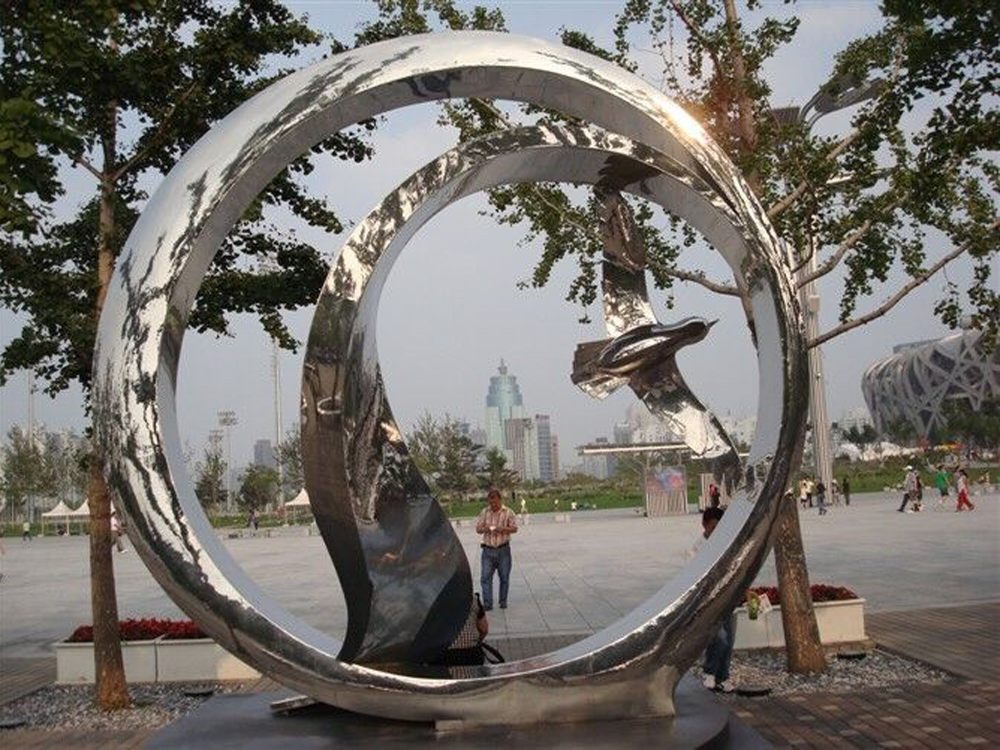
Metal sculptures, traditionally rooted in physical craftsmanship, have found a dynamic new life in digital and virtual art spaces. Artists now leverage 3D modeling software to create intricate metal-inspired designs, preserving the texture and weight of real metal while bypassing physical constraints. These digital sculptures can be displayed in virtual galleries, shared as NFTs, or even integrated into augmented reality experiences, allowing global audiences to interact with them in ways impossible in the real world.
The transition to digital platforms also enables artists to experiment with impossible geometries and kinetic elements that defy traditional metalworking limitations. Virtual reality (VR) spaces, in particular, offer immersive environments where viewers can "walk around" these sculptures, observing details from every angle. Meanwhile, blockchain technology authenticates digital metal sculptures as unique collectibles, merging art history with futuristic innovation.
As digital tools evolve, metal sculptures in virtual spaces are redefining artistic expression—proving that even the most tactile art forms can flourish in the intangible realm of pixels and code.

